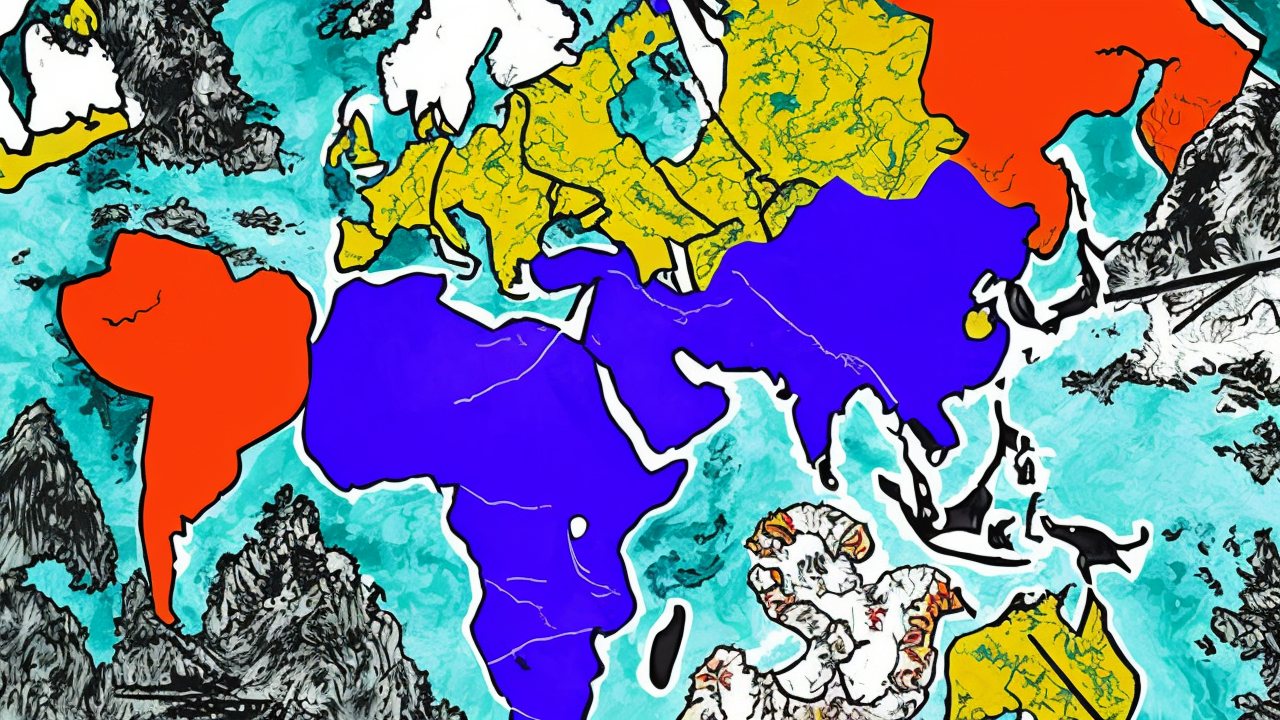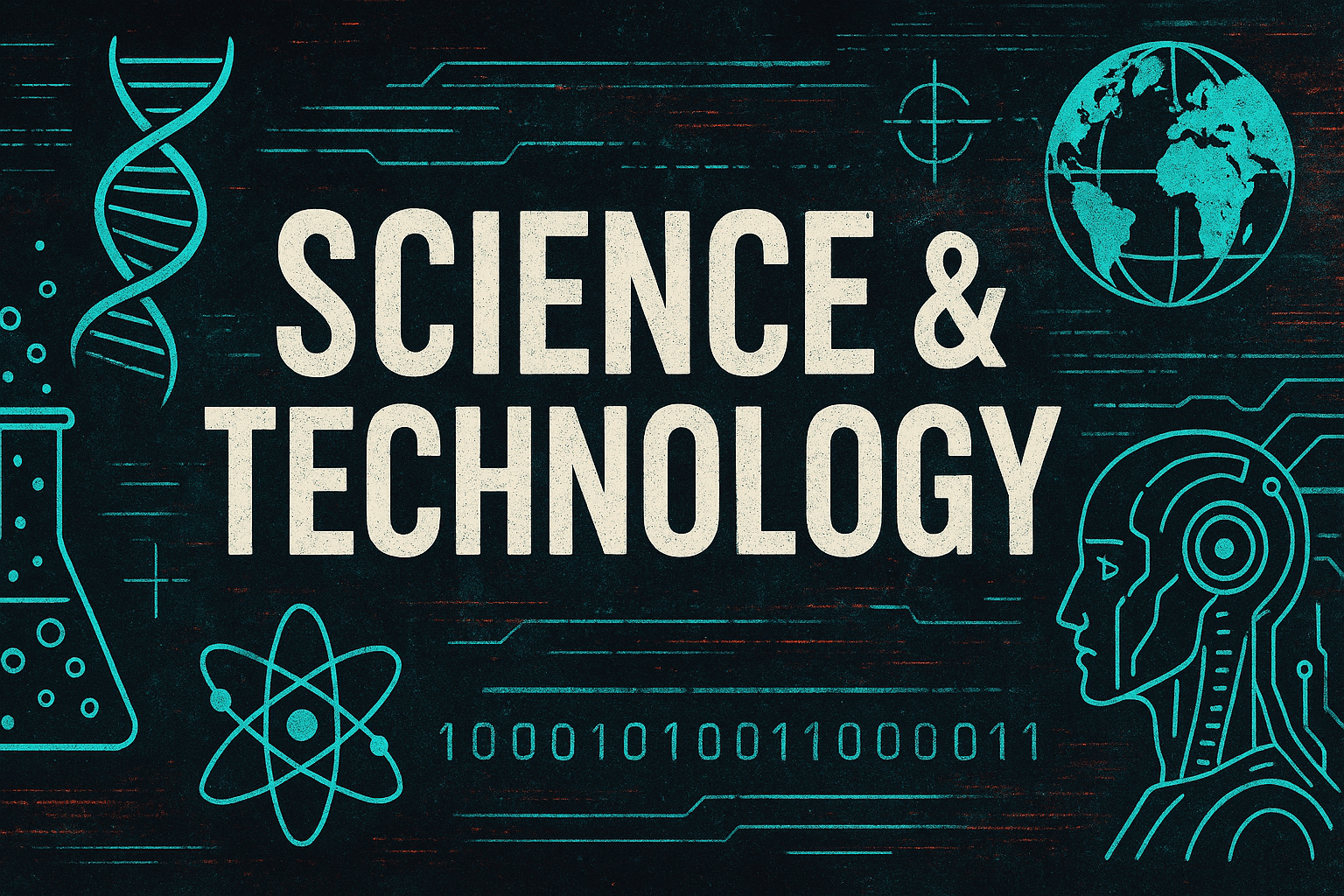Rocket Report: Breakthroughs, Challenges, and Future Outlook

The past week brought significant developments in the global space industry, highlighting both progress and challenges. Honda achieved a milestone by successfully testing a reusable rocket in Japan, marking the first such feat outside the US and China. The rocket reached nearly 900 feet before landing with pinpoint accuracy, demonstrating vertical takeoff and landing technology. Meanwhile, European space companies Arianespace and Avio called for greater support to maintain competitiveness against US-backed rivals.
Environmental concerns also emerged as a study warned that the growing number of rocket launches could harm the ozone layer. While current launch frequencies are manageable, researchers caution that up to 2,000 annual launches could cause significant ozone loss due to chlorine and black carbon emissions.
In the US, the FAA proposed charging fees for launch and reentry licenses, aiming to fund its commercial space office. The fees would phase in over eight years, starting at $0.25 per pound of payload in 2026 and rising to $1.50 per pound by 2033.
SpaceX faced setbacks as its Starship rocket exploded during a ground test in Texas, likely due to a composite overwrap pressure vessel failure. The incident marked another blow to the program after three consecutive failures.
Looking ahead, upcoming launches include SpaceX’s Falcon 9 missions carrying Starlink satellites and Amazon’s Project Kuiper satellites. These events underscore the rapid evolution and increasing complexity of the global space industry.
Published: 6/20/2025
















